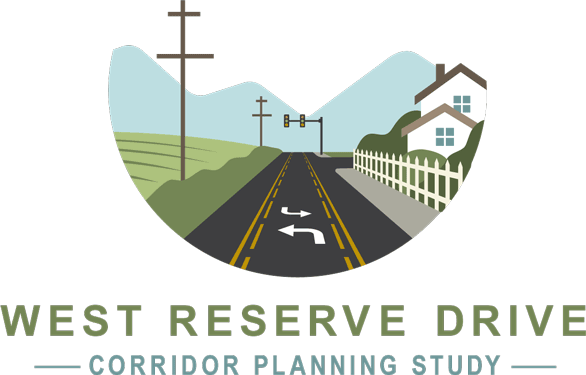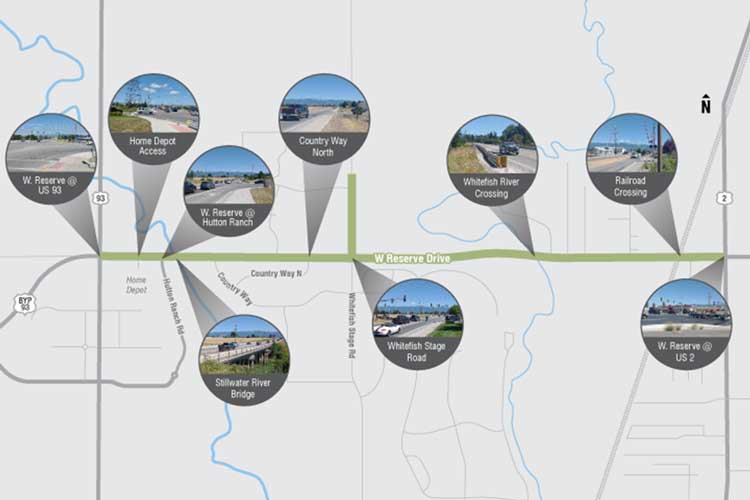
What is a Corridor Study?
A corridor study is a planning-level assessment occurring before project-level activities and environmental compliance under the National and Montana Environmental Policy Acts (NEPA/MEPA). This process provides a link between early transportation planning and environmental compliance efforts, and involves a planning–level evaluation of safety, operational, and environmental conditions to identify needs and constraints.
MDT can save time and money in subsequent project phases by facilitating early identification of constraints through coordination with local governments, resource agencies, and other stakeholders. This allows for screening of possible improvement options; and elimination of infeasible options.
A planning study considers multiple improvement options to address the needs and objectives within a study area. The planning process is distinct from a NEPA/MEPA environmental compliance document and from design, right-of-way acquisition, and construction phases for an individual project.
For additional information, please see MDT's planning study process.
What does a "pre-NEPA/MEPA planning study" mean?
The National and Montana Environmental Policy Acts (NEPA/MEPA) require state and federal agencies to disclose impacts resulting from state and federal actions. In the context of transportation projects, the NEPA/MEPA process is intended to assist officials in making transportation decisions, while considering the human and natural environment and the need for a safe and efficient transportation network. The NEPA/MEPA process ensures that information about anticipated transportation project impacts is available to the public before decisions are made and executed.
The corridor study was a pre-NEPA/MEPA study that involves a planning-level assessment of the study area. The planning process included a review of potential environmental issues and concerns. The results of this planning-level environmental review could be used to assist in later NEPA/MEPA environmental compliance phases for an individual project.
Who conducted this study?
The Montana Department of Transportation conducted this study in partnership with the Federal Highway Administration (FHWA) and in coordination with the City of Kalispell and Flathead County. DOWL assisted MDT in completing the planning effort.
What happens after the study?
The corridor study will identify and evaluate potential improvement options for the study corridor. This early planning process is distinct from the environmental compliance, design, and construction phases of an individual project. Any future steps will be determined by MDT in conjunction with FHWA, the City of Kalispell and Flathead County.
How was the public involved in the study?
The draft corridor study was posted for public review on this website. Print copies of draft reports were available at the Flathead County Library (247 1st Ave East, Kalispell, MT) and the MDT Kalispell Area Office (85 5th Avenue East North, Kalispell, MT).
Two public information meetings were held via Zoom to discuss the corridor study. A 30-day comment period (ending October 11, 2021) followed the second meeting and release of the draft corridor study on September 9, 2021.
Public comment was considered to better understand potential issues, concerns, opportunities, and constraints. Comments were collected through the MDT Comment Form and by study contacts.
What area was being studied?
The study area included W. Reserve Dr. from US 93 to US 2 including the intersections of US 93, Home Depot, Hutton Ranch Road, Country Way, Country Way North, Whitefish Stage Road, and US 2. Growth in the Kalispell area spurred congestion-related public comments. The corridor serves a diverse group of users including agricultural, residential, commuter, and tourism needs. The corridor also connects to the newly completed northern end of the Kalispell Bypass.

